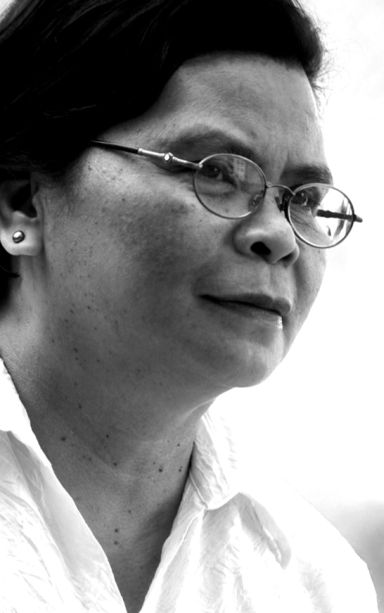
DELA CERNA
In answer to the clamor for a program that will serve as a springboard in a new approach to the teaching of nationalism by cultivating pride of place, schools are painstakingly working out a way of making this happen. Some start with offering electives while others make it as a General Education course.
But one academic institution, the Cebu Normal University, a teacher-training institution, is taking a bolder step by integrating heritage and culture in developing a curriculum for a degree in Bachelor of Culture Education and for the graduate level. In the “Academic Forum on Cultural Education Curriculum,” the College of Education with assistance from the Commission in Higher Education conducted a roundtable discussion on June 28 and invited experts and practitioners of integrating heritage and culture to map out the curriculum for the desired academic degree.
I gladly shared the proposal I made before retiring. This is the proposed course on Integrated Cebuano Studies where I used four components in the implementation of the course and these are Kalikupan (environment), Kaagi (history), Pulong (language which includes literature) and Mugna (arts and crafts).
Kalikupan involves the natural heritage of the place. Since the development of the Sinugboanong Binisaya is also encouraged, this component can give rise to the collection and learning of environmental terms like the different terms for rain, the weather and other natural phenomena. Cultural mapping of the natural and tangible heritage of selected communities would be most helpful.
Kaagi ranges from the origin of names and settlements to contemporary times. The different archaeological excavations in Cebu and the 55 volumes of the history of the towns, component cities and the province of Cebu are very useful resources.
Pulong includes the origin, meaning and usage of the Sinugboanong Binisaya used in many fields of communication, popular and common expressions, figures of speech. It also covers oral and written literature. For oral literature, it covers the myths, legends, folktales of the island; for the written literature, the popular literary works reflecting Cebuano heritage and culture.
Mugna covers arts and crafts and the whole range of the intangible heritage. This would include the traditional arts and crafts, vernacular architecture, the performing arts, literary arts, culinary arts, healing arts, indigenous technology. Cultural mapping of the intangible heritage and interviewing the memory keepers are interesting sources of information.
Aside from integrating and culture, the promotion of the Sinugboanong Binisaya is also the goal of the desired academic program. This will go hand in hand with every component where the Sinugboanong Binisaya is used and in the process a glossary of terms in every component will be accomplished.
And this will not just be for one semester but for the eight semesters that the students go through the courses. There are two to four subjects on heritage and culture every semester. Imagine the compendium of terms accomplished every semester.
At the end of the roundtable discussion, the proposed curriculum was completed with the distribution of heritage and culture features in the four-year courses. Some of the teachers participating were already expressing their enthusiasm in the subjects they will be handling. I wish them all the best. I am very happy that the four components I proposed were totally adopted and will be willing to extend any assistance in the implementation of this curriculum.
Integrating heritage and culture stimulates awareness of and appreciation for local heritage and culture. It also cultivates appreciation for and utilization of local resources in fulfilling the threefold functions of the university which are teaching, research and extension services.
With the current thrust of tourism in economic development and focusing on heritage sites as tourist destinations, studies on heritage and culture have become important features. Integrating local heritage and culture will serve as a model in studying other regional cultures and eventually enrich the study and collection of the features of the national culture.
The graduates of this academic degree will not just be teachers but also interpreters of local heritage and culture. With the eventual establishment of a Department of Culture and the Arts (replacing the National Commission for Culture and the Arts), these graduates will be the future qualified cultural officers as well as tourism officers of the different LGUs. They will be the perfect tour and tourist guides to a growing number of tourists flocking the country.